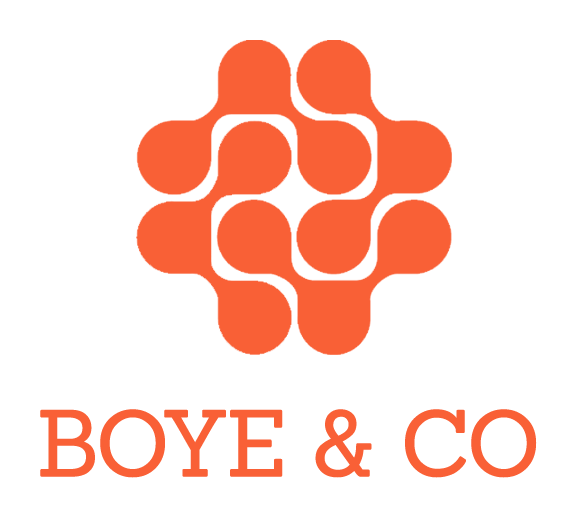I have been to see the Mona Lisa, but it was before the advent of smartphones. Today, I imagine there are crowds trying to take a selfie with her. Some might think that this is sacrilegious, and that you should let the several hundred year old painting speak for itself. At the same time others are beginning to appreciate the blessings of digital in regard to traditionally sacred areas like museums.
Suse Cairns is director of audience experience at Baltimore Museum of Art and she has a thorough understanding of how to apply digital to the world of art in order to achieve a meaningful and enriched user experience.
Digital has changed how we experience the world
Our lives are digital. There are many examples to this, and the museum experience is one of them. The way museums collect data and present it has changed. In almost every aspect of our lives we rely on the Web to provide us with the most precise and relevant information. So why should this be any different when experiencing a 200 year old painting? Respect of its age?
Should we do the same in regard to elderly people, and not expose them to a smartphone?
Suse Cairns points right to the matter at hand with this quote:
“The world continues to move past the simple physical/digital dialectic towards a more nuanced matrix of architectures uniting digital and material culture.”
The fact that digital have become mobile means not just that constant distractions are in our pockets — it also means that knowledge is only a push away. Having knowledge about something allows you to experience it in depth, and this understanding is already flowing through a lot of museums, where digital becomes a vibrant part of giving an audience the best experience.
The evil data collection — that is simply making our lives easier
That is one side of it; how users themselves are already using digital to gain the best experience. Another is the fact that museums are increasingly using digital data collection to improve upon the user experience. In a recent posting on transforming audiences, transforming museums, Suse focuses on innovative museum projects in recent years:
“It makes sense, then, that some of the most innovative museum projects we’ve seen in recent years combine audience experiences with data-collection and analysis.”
A critique that is often raised, is that data collection is somehow solely about evil marketers performing inception like maneuvers with our minds. But the ever increasing focus on user experience, which Suse describes above, is rapidly changing this; resulting in a world where our offline actions might very well be transmitted into a digital sphere, but where they are also given back to us in the form of real world experiences suited to how people really behave; resulting in easier lives.






